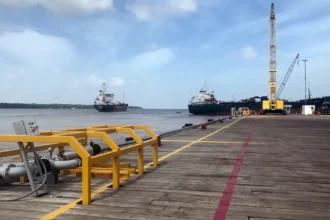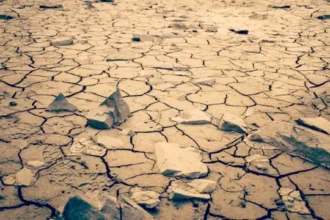What happens when Europe’s biggest climate promise meets real-world politics? The European Union is about to find out with its most ambitious environmental target yet.
According to Reuters, EU Climate Commissioner Wopke Hoekstra will present a groundbreaking proposal on July 2nd that could reshape how Europe fights climate change.
Understanding the 90% Target
The EU wants to slash its greenhouse gas emissions by 90% compared to 1990 levels by 2040. Think of greenhouse gases as invisible pollution that traps heat in our atmosphere – like carbon dioxide from cars and factories.
The year 1990 serves as the starting point for measuring progress because that’s when serious climate tracking began globally. This 90% cut means Europe would produce only one-tenth of the pollution it created over three decades ago.
Why Countries Are Divided
European nations are split on this ambitious goal for different reasons. Here’s what each side is thinking:
- Supporting countries like Finland, Netherlands, and Denmark believe aggressive action is necessary because Europe is warming faster than any other continent, making climate impacts more severe and urgent for their citizens.
- Opposing countries like Italy and Czech Republic worry about the economic costs of rapid industrial changes and potential job losses in traditional energy sectors.
- Germany takes a middle position, supporting the 90% target only if three percentage points can come from international carbon credits rather than domestic cuts.
The Flexibility Solution
Carbon credits work like environmental trading cards. Countries can buy credits from projects that reduce emissions elsewhere – like protecting forests in developing nations.
This flexibility helps countries meet targets without completely overhauling their domestic industries immediately. Germany specifically wants this option to make the transition more manageable for its manufacturing sector.
Political Challenges Behind the Scenes
The Commission has delayed this proposal for months due to insufficient support. Multiple sources including Politico.eu and DD News report that political opposition from member states and lawmakers created roadblocks.
Commissioner Hoekstra needed more time to build a substantial majority amid concerns from various EU capitals and political groups about the economic implications.
This proposal represents a crucial balancing act between environmental urgency and political reality. Will Europe’s climate ambitions survive the test of democratic decision-making?











